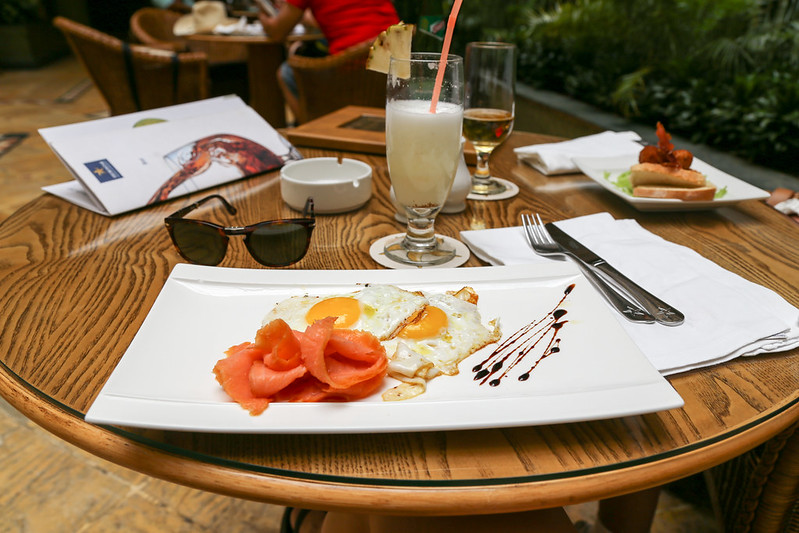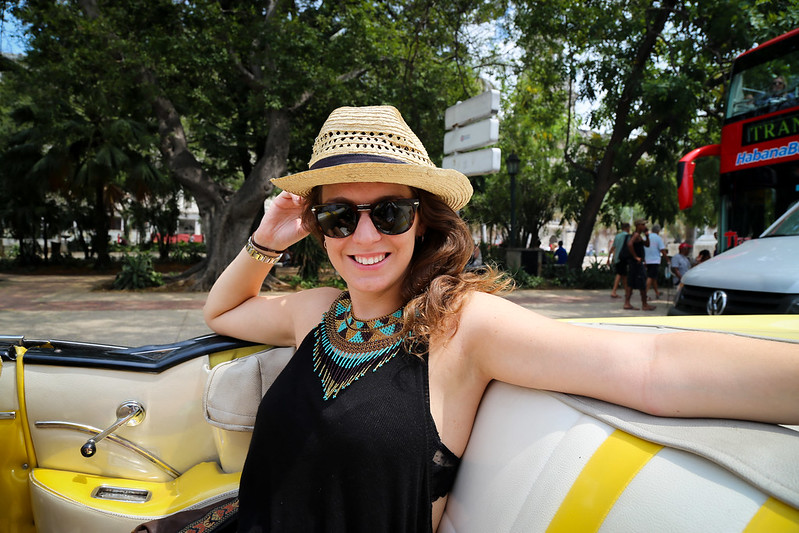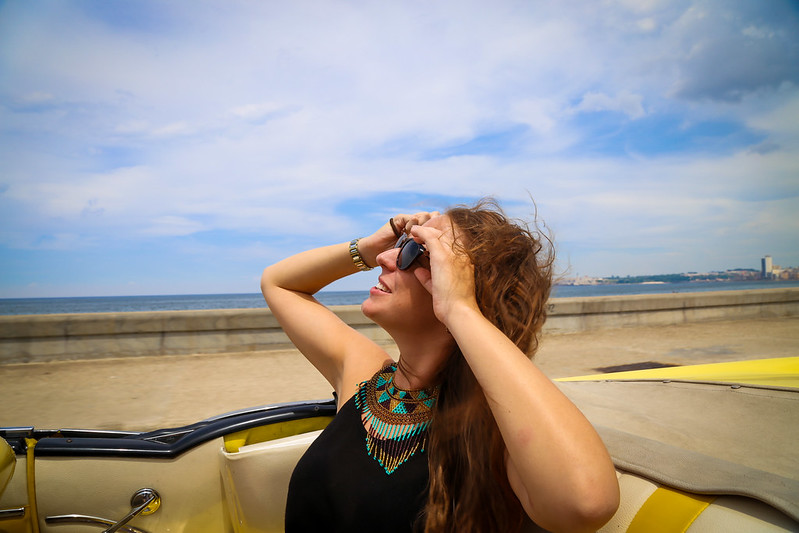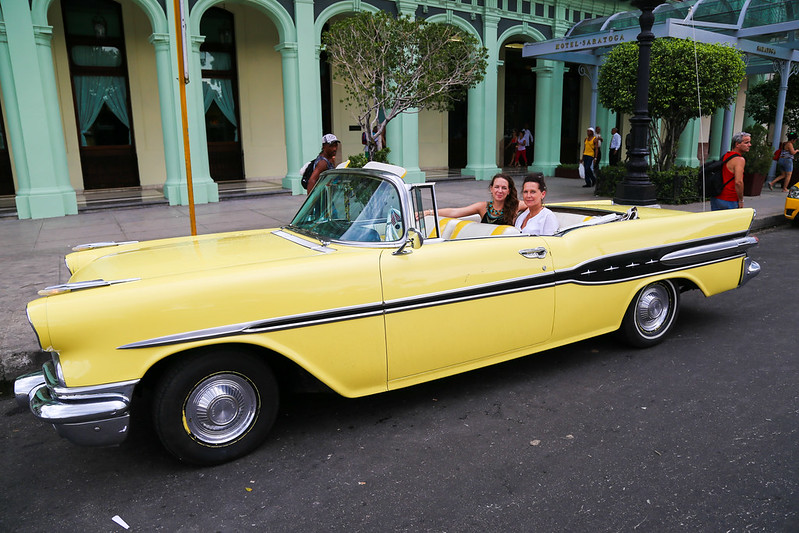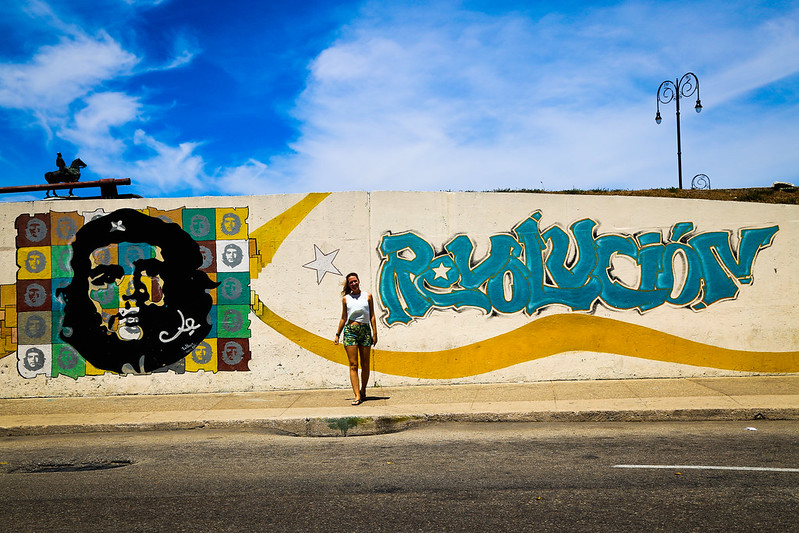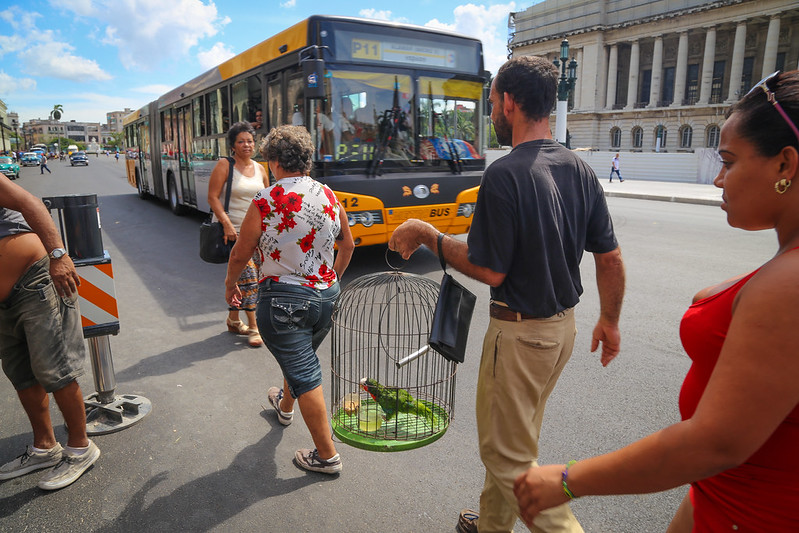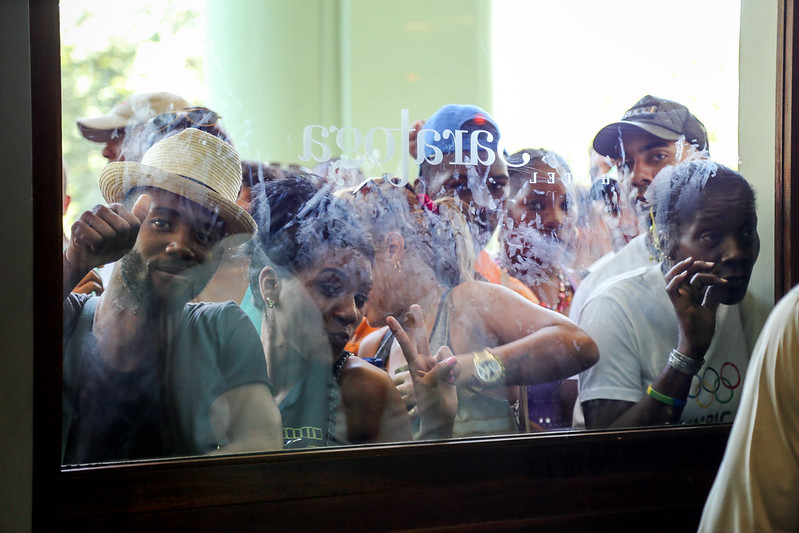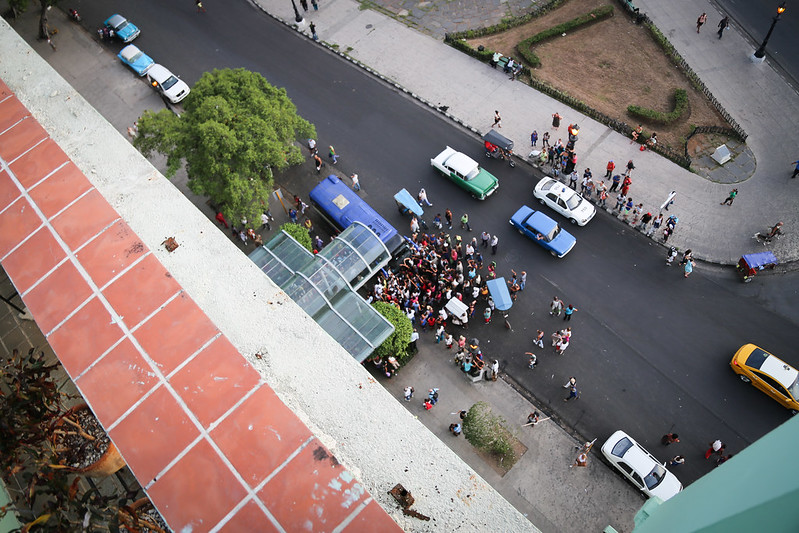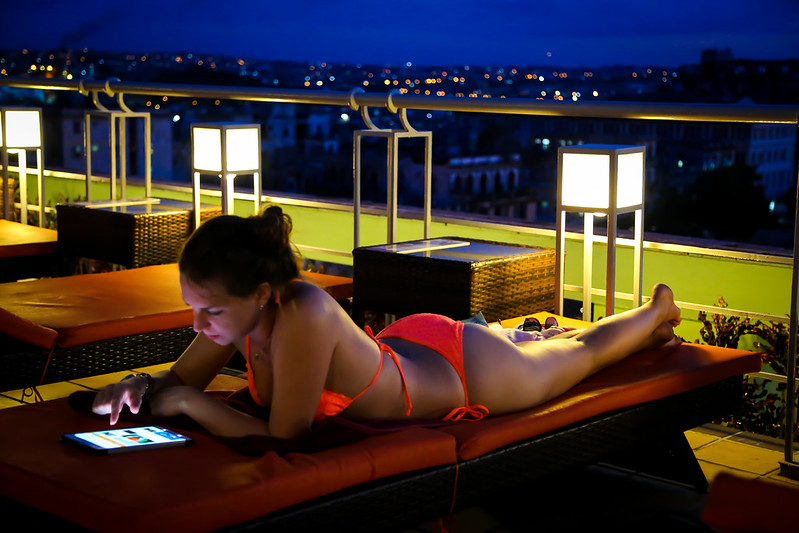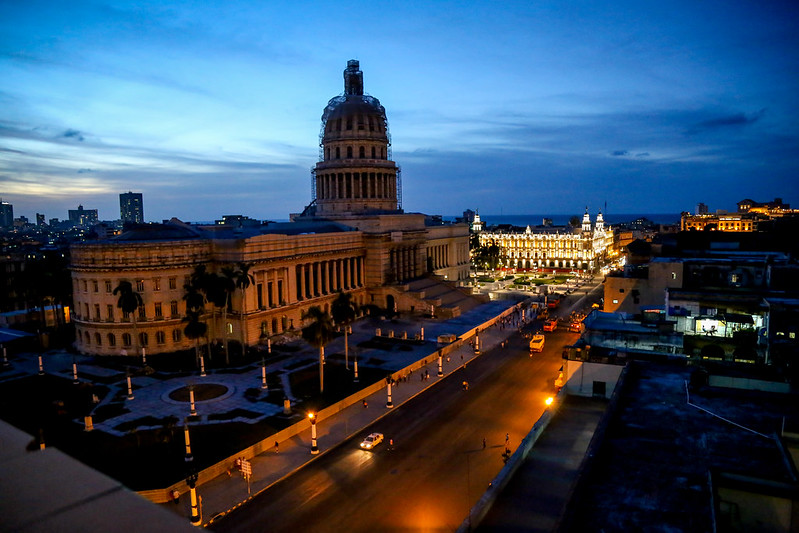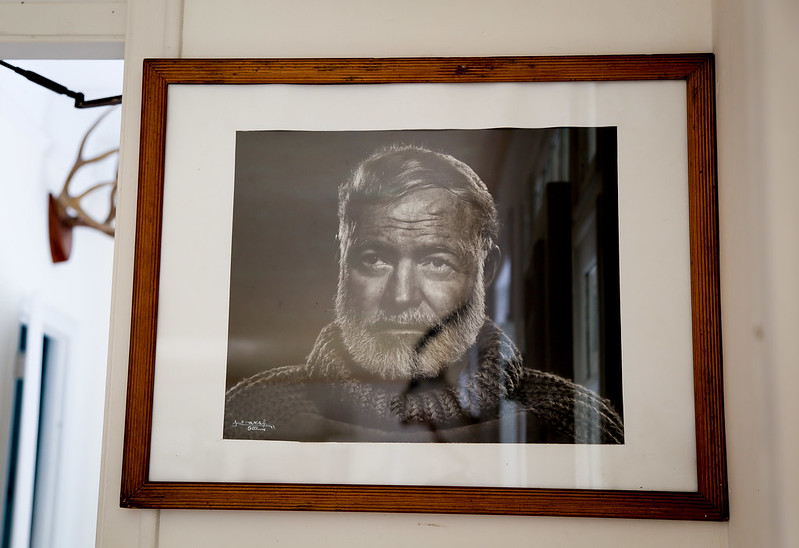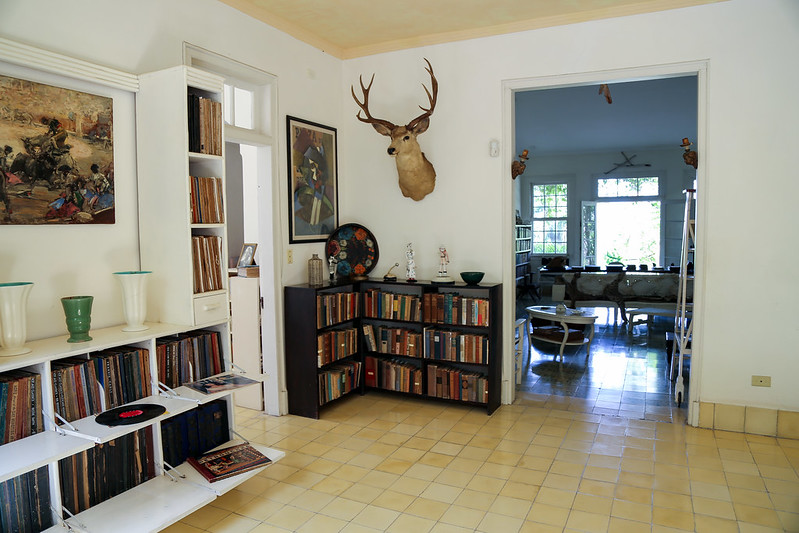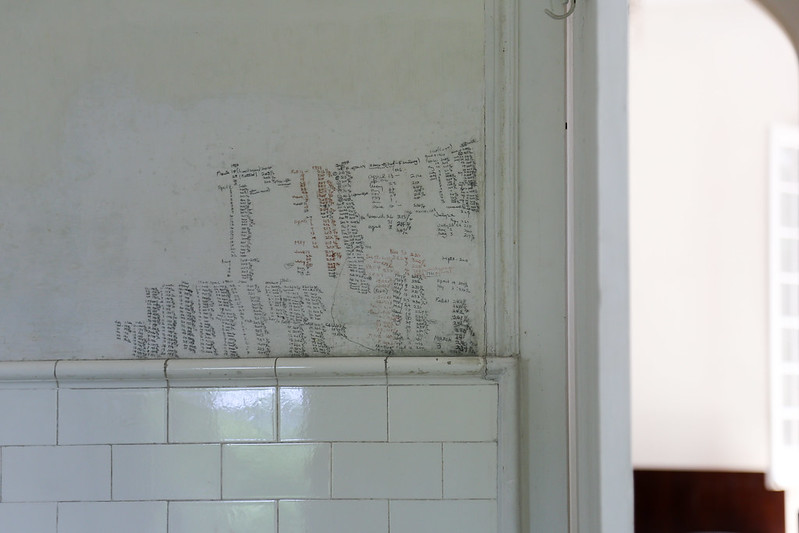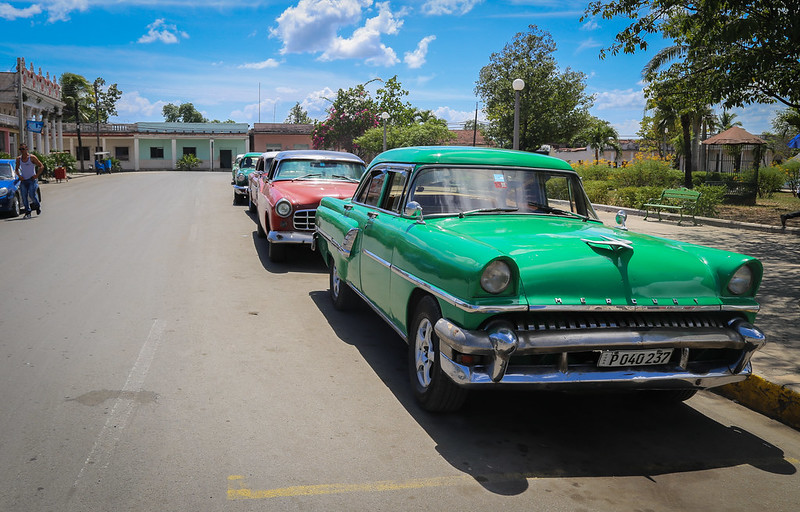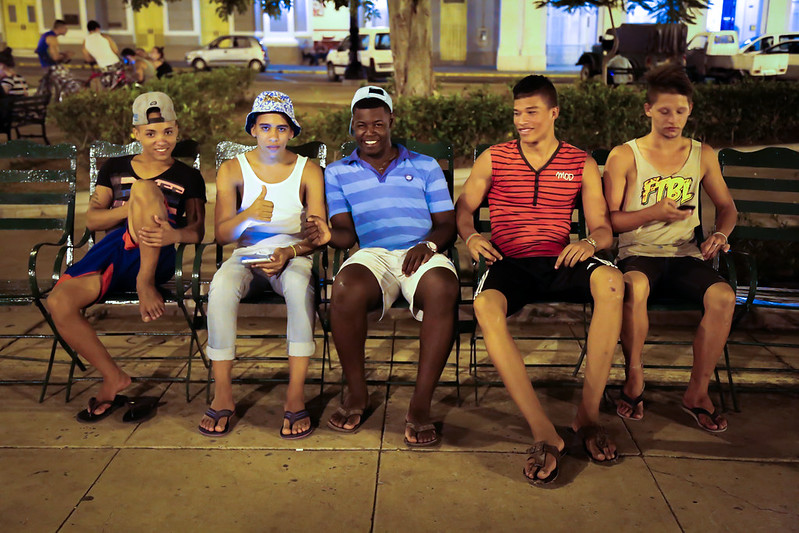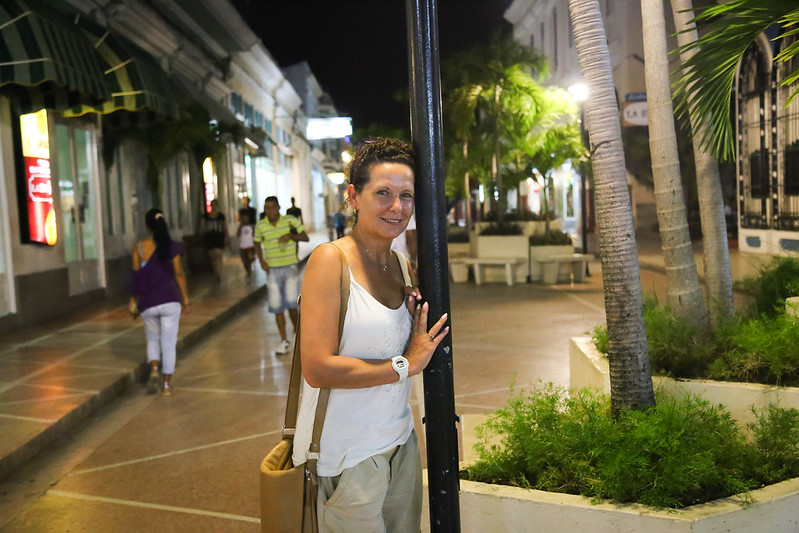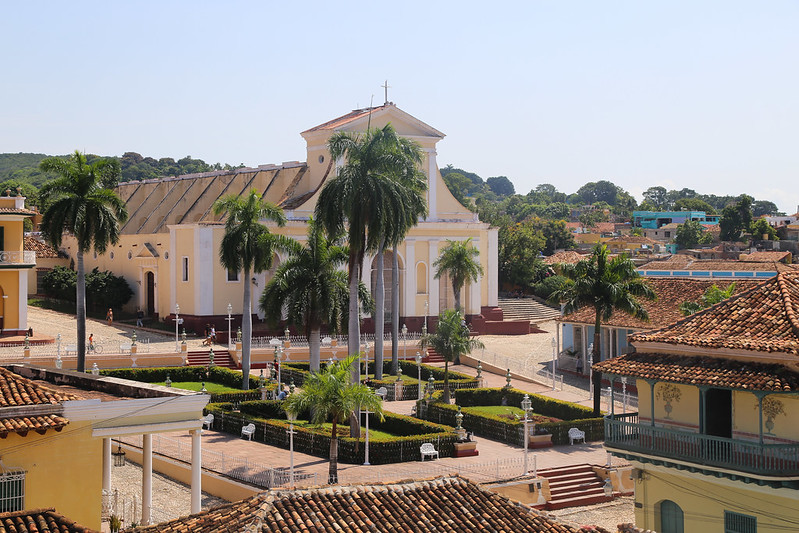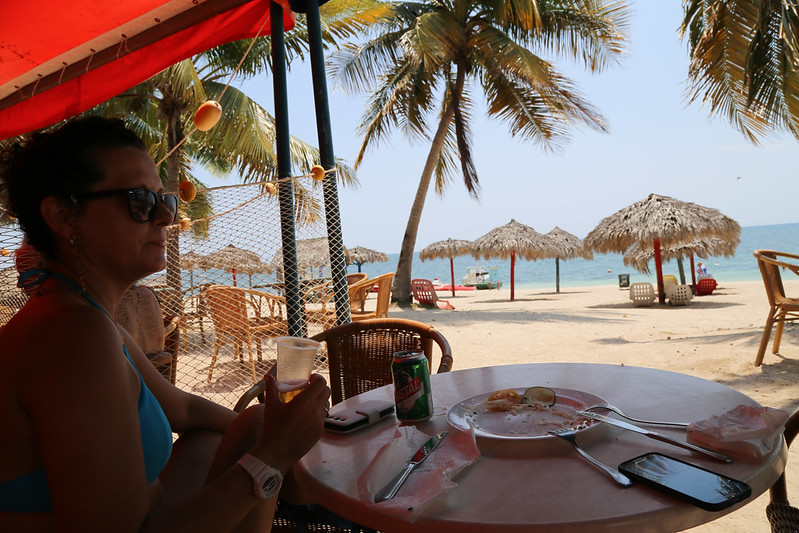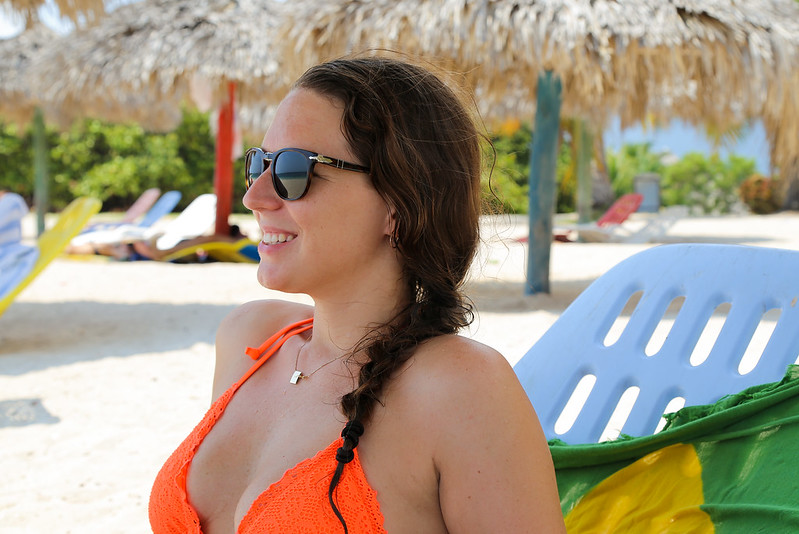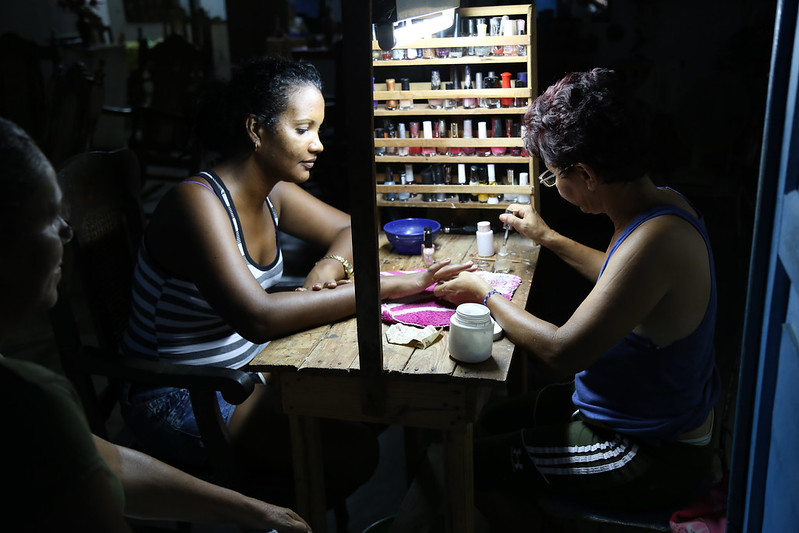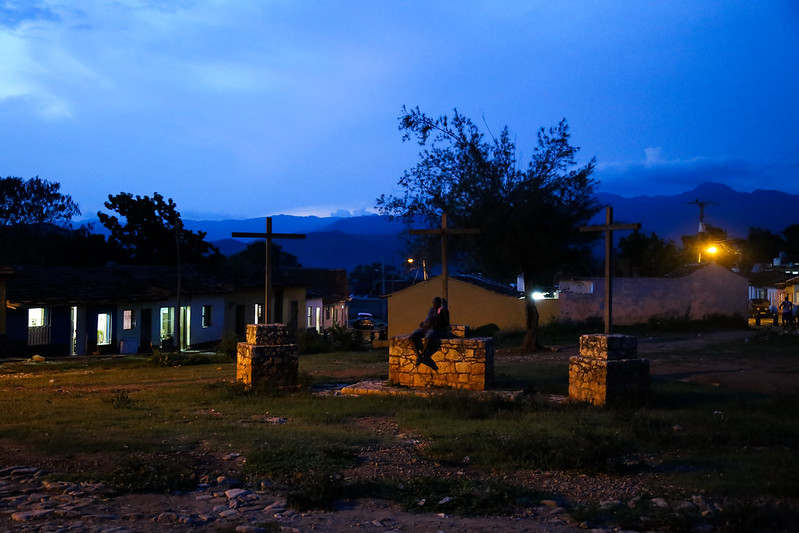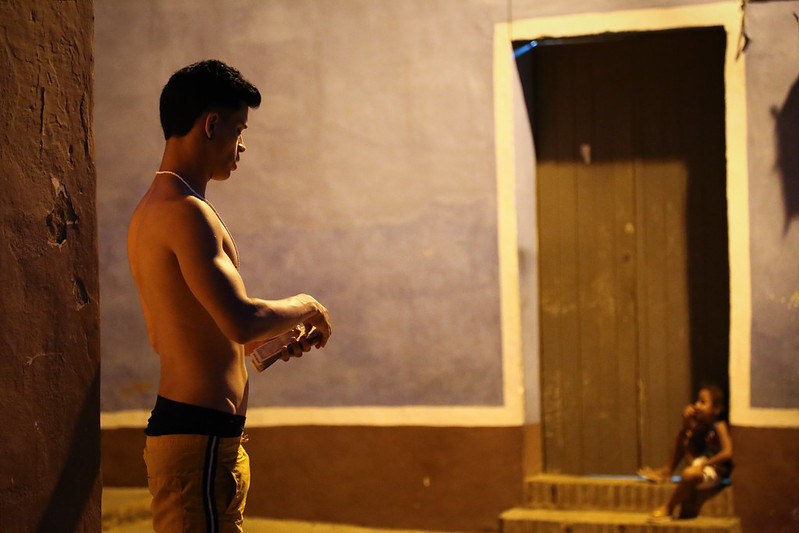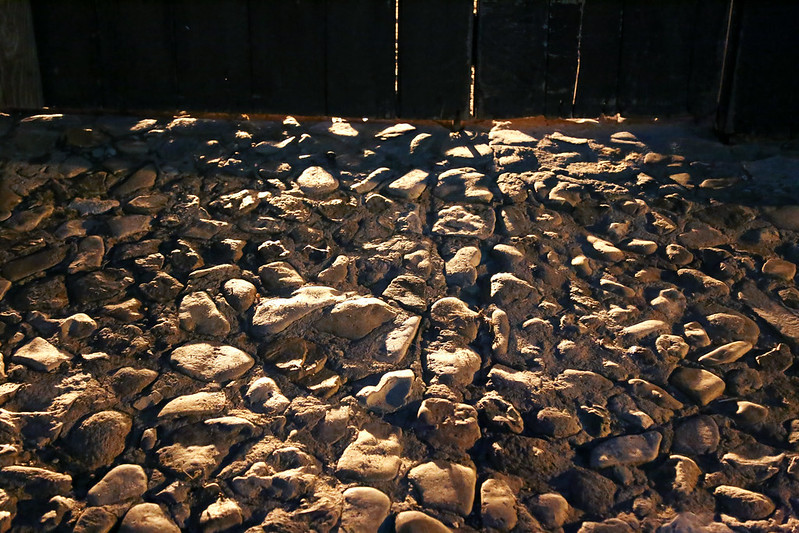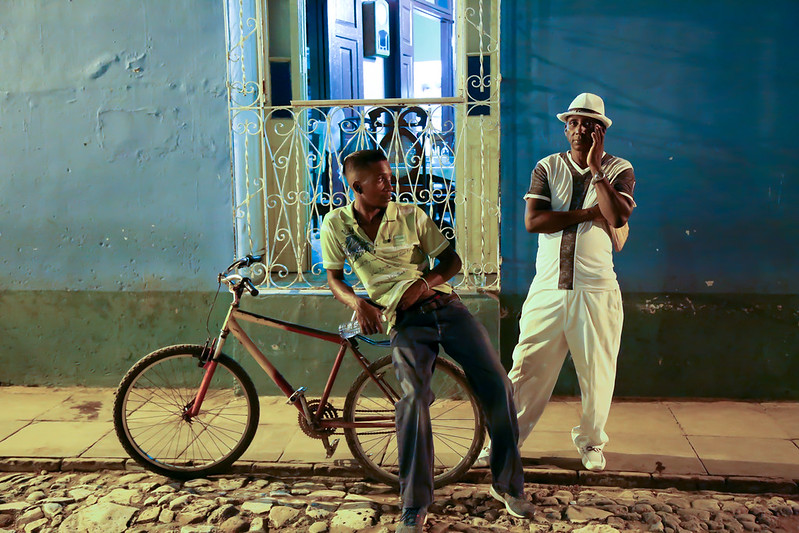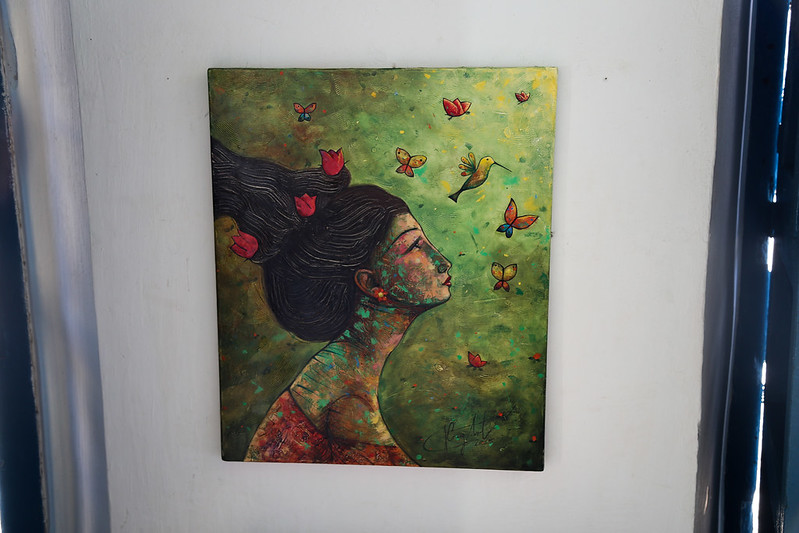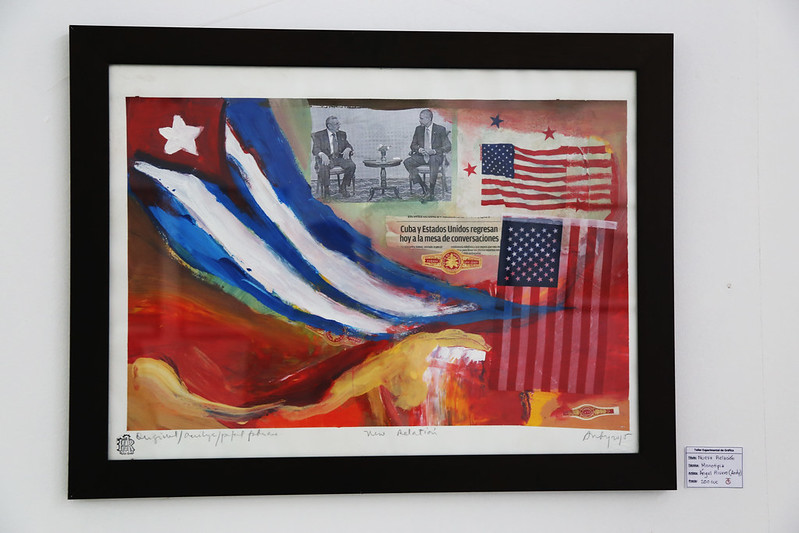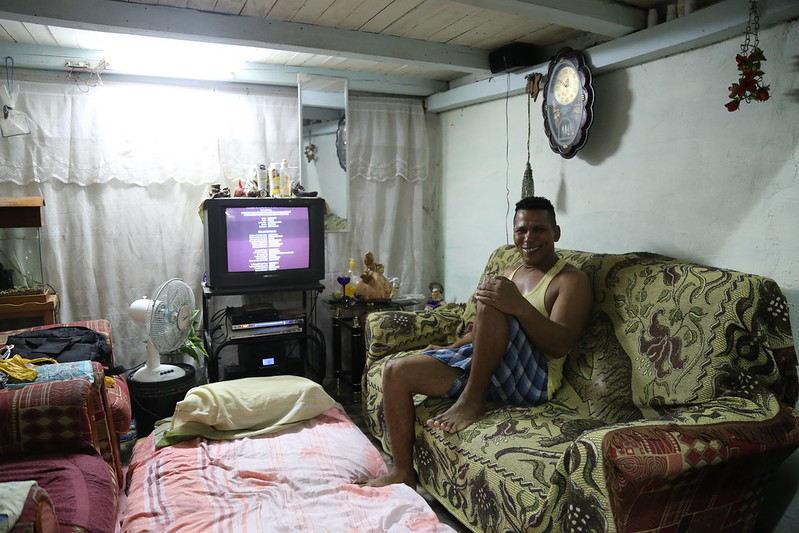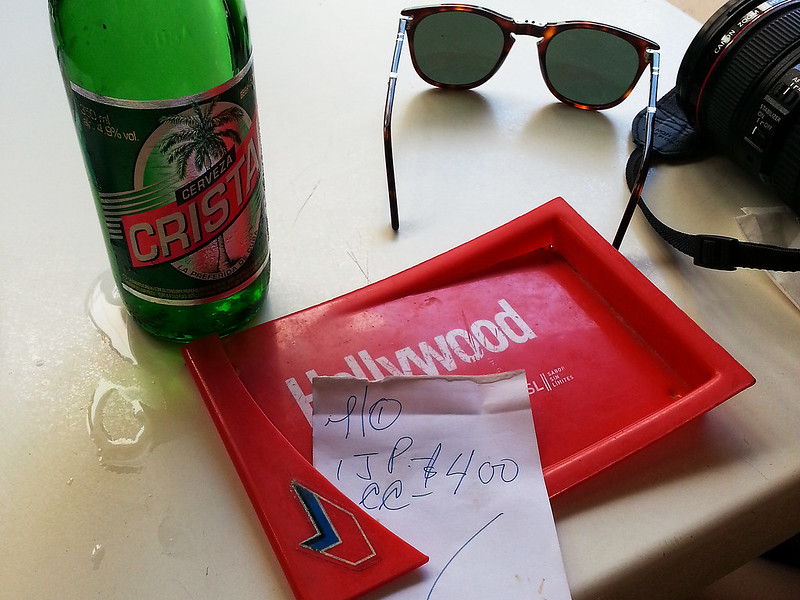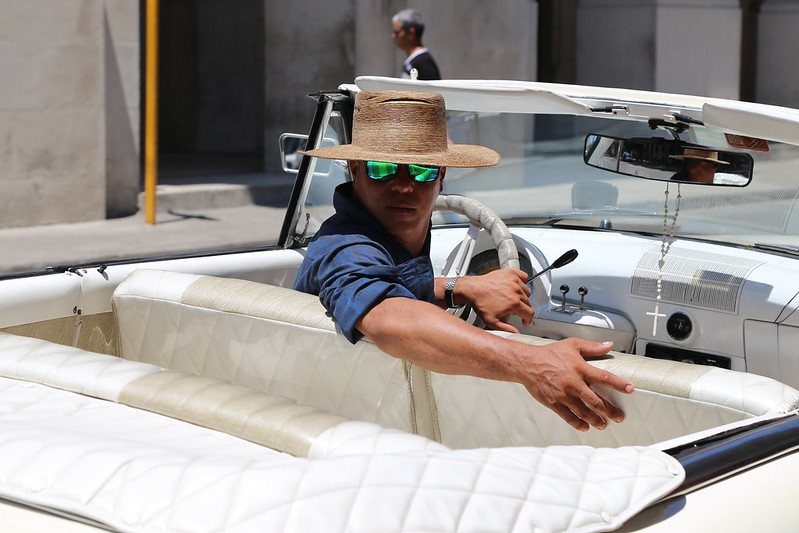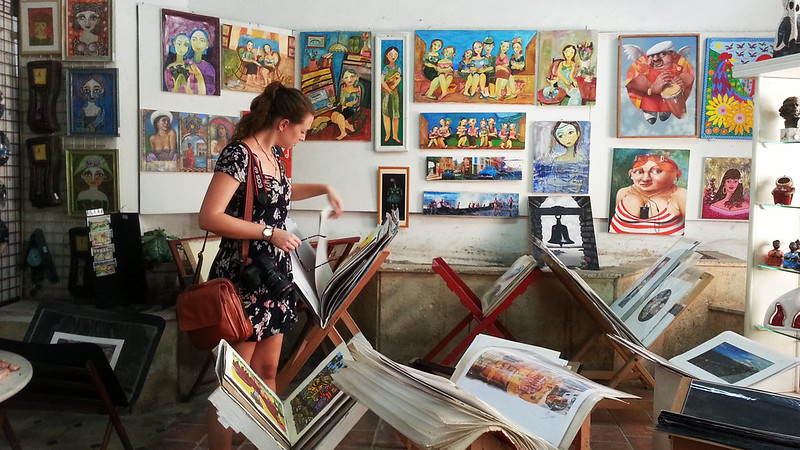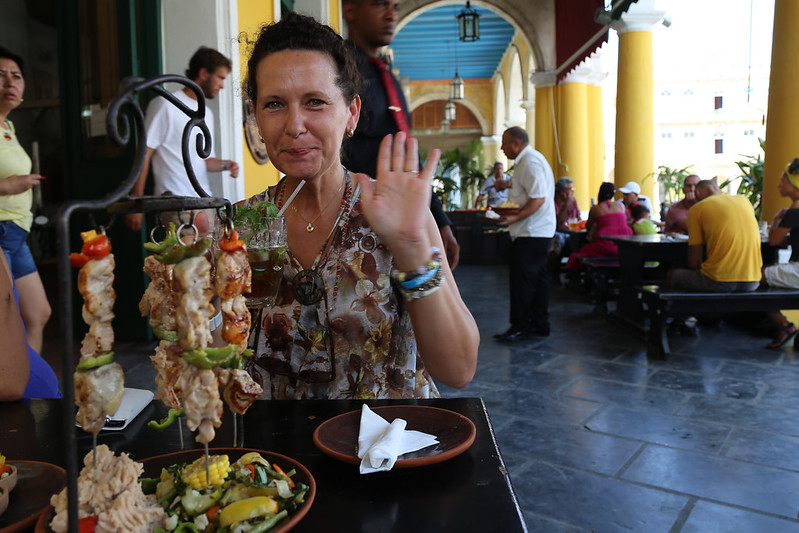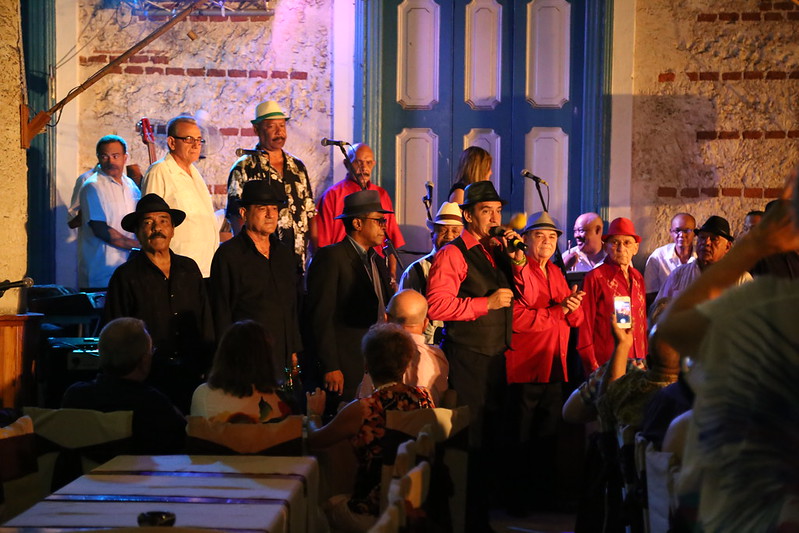Cuba Pt. 9 – A Vintage Ride to Dreamy Fusterlandia
We escaped Saratoga in the morning to eat a less overpriced breakfast, but I was still in the mood for something a bit more exclusive than rice and beans or tacos that I can get in Belize. My wishes were granted in Hotel Parque Central, where they gave me delicious smoked salmon! Anybody who’s had breakfast with me knows that I absolutely adore smoked salmon (and avocado, and sunny-side-up eggs), and that it’s impossible to get many things in Belize, and that I miss them. Needless to say, I was very happy. Mami had beer – for breakfast! We giggled like kids.
After breakfast, we had to rush to the cigar factory to make it for the tour. You’re not allowed to take photos in the factory, protecting the secret of the hand made Cuban cigars, and the integrity of the people who work there I guess – it was an interesting tour and it was nice that we were alone so we could ask all the questions we wanted.
We made our way back to where all the vintage cabriolets are, and found a yellow 1957 Pontiac Super Chief that we wanted to take a ride in. A one hour city tour in a vintage car is usually 35USD, but we had another place in mind that we wanted to visit – Fusterlandia. Located in the small fishing village Jaimanitas, 30 minutes outside of La Habana, Fusterlandia is the home of the quirky, “Gaudí-esque”, surrealist Cuban artist José Fuster. We paid 40usd for the Pontiac driver to take us all the way to Fuster’s home and let us stroll around the neighbourhood, it took us 1.5 in total so it was a nice deal.
Fuster has not only decorated his own home with his art, but has over the past 10 years transformed the entire village into a dreamy land of surreal shapes, details and partiotic images, and covered more than 80 neighbours’ houses and fences in his characteristically styled randomness. A visit is warmly recommended if you’re looking for something different yet very Cuban. Taking the Pontiac to go to Fusterlandia was a great way to combine the two experiences – especially as the ride along the Malecon and the big 5th Avenue was a very nice experience in itself – windy, fresh, fun! Much better than driving around the congested streets in the downtown area if you ask me.
Okay, enough talking. Photos!


